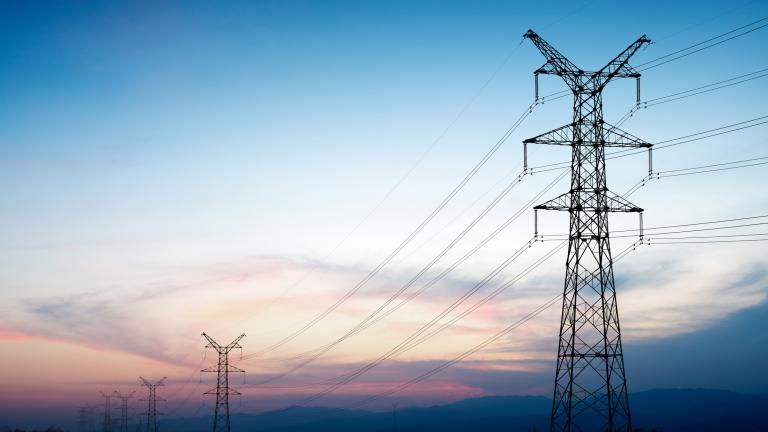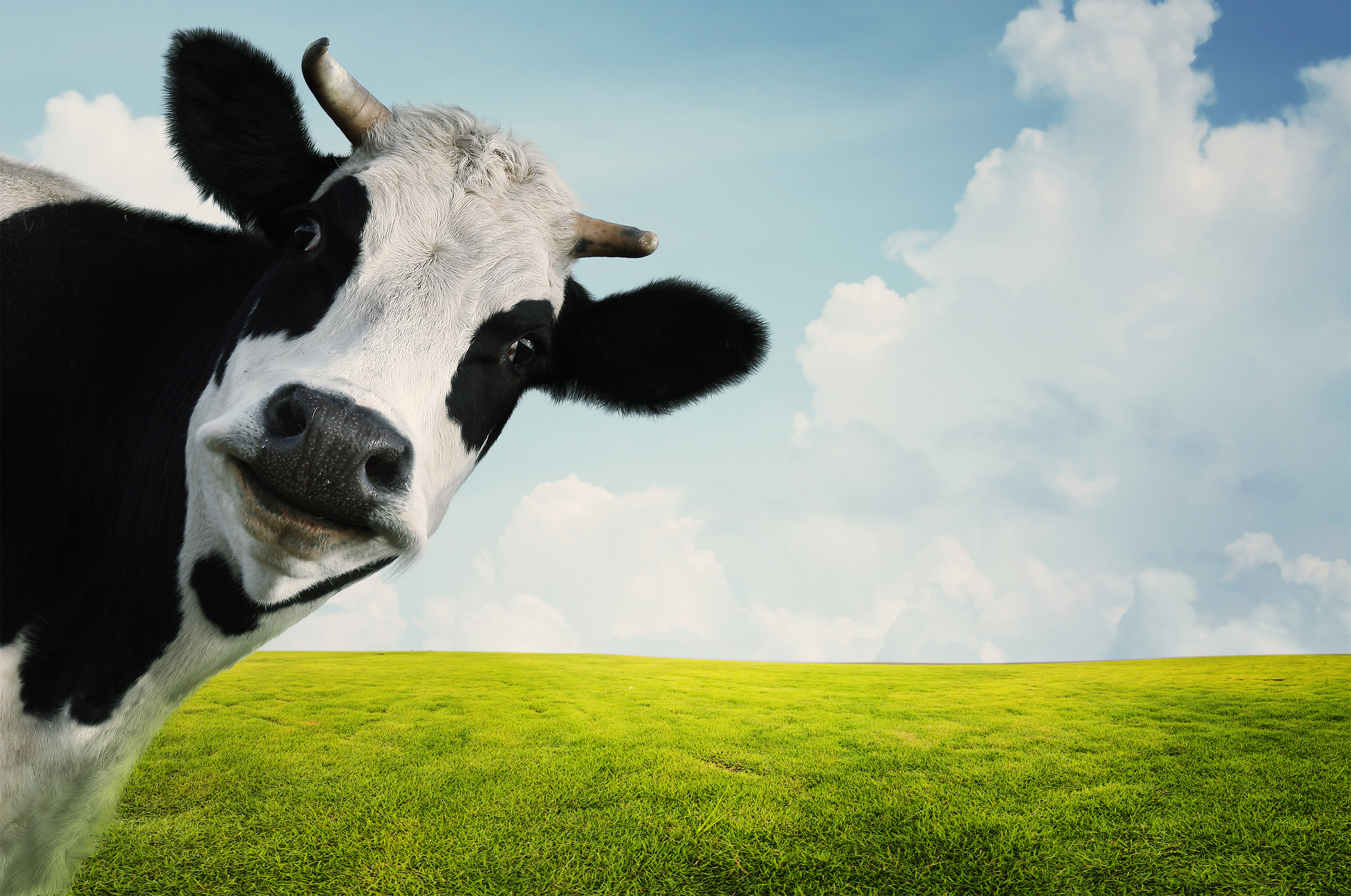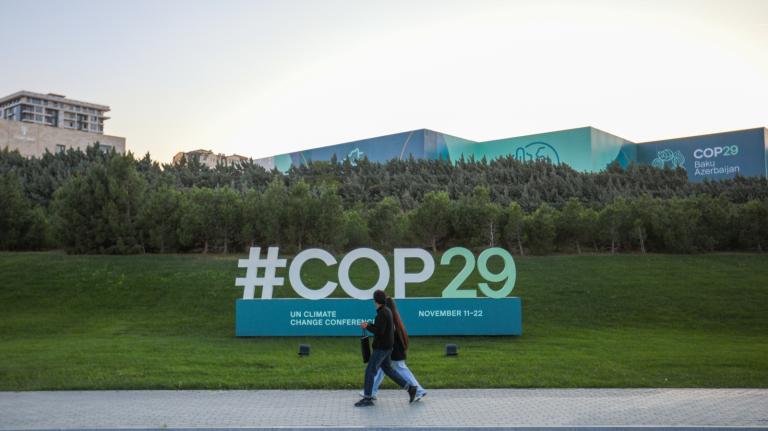Send your question to Umbra!
Q. We all know that in the process of eating grass and grain, our farm animals produce methane. But what if that grass was left to die — wouldn’t the decomposition of it also produce methane? Would there be a comparison in amounts of methane produced? And, if we were to just eat those grasses and grains ourselves (instead of having the animal eat it first), wouldn’t our own fecal matter produce an equal amount of methane from decomposition?
Rory F.
Orillia, Ontario
A. Dearest Rory,
Let’s call it Methane Week here at Grist — last Thursday, we discussed the dairy industry’s role in producing hot-air balloonfuls of the greenhouse gas. Today, your question turns our attention to other sources of the stuff: namely, plant decomposition and our own, er, unmentionables. You’re right that we should be concerned about methane — it’s 20 times more potent than carbon dioxide at trapping heat in the atmosphere — but there are some significant differences in the sources you mention. Grab your shovel and dig in.
First, let’s talk decay. Methane is indeed a byproduct of natural decomposition, mainly from wetlands (lakes, oceans, wildfires, and volcanoes all have their part to play, too). But even if we did just let all the world’s cattle feed rot in place, methane wouldn’t rise from our fields like so many stinky cartoon lines. That’s because methane typically requires anaerobic (oxygen-free) conditions in order to form, like the environment you’d find underwater in, say, a bog or marsh. When oxygen is available — as it is in an open field — the bacteria decomposing the plants will instead emit carbon dioxide, water, nutrients, and carbon compounds (which help to enrich the soil for new plants, by the way).
Livestock, on the other hand, are four-legged methane factories. That includes buffalo, sheep, goats, and camels, but cattle are the primary offenders. A cow’s natural digestive processes produce lots of methane through burps and, yes, flatulence, to the tune of 200 to 400 pounds per year for the average bovine. And cow manure kicks in its fair share, too, when stored in lagoons or holding tanks. How bad is it? Hold your nose: Here in the U.S., cow burps (a.k.a. enteric fermentation) and manure management account for 30 percent of the country’s methane tab. Globally, livestock emissions make up a full 14.5 percent of all human-caused greenhouse gas production.
We haven’t yet hit all the methane makers: As you note, Rory, one of humanity’s dirty little secrets is the release of the gas from our own private bathroom business. The straight poop is that our wastewater treatment plants do emit methane, too — but on a much smaller scale. In fact, sewage treatment accounts for only 3 percent of U.S. emissions, a 10th of the livestock industry’s piece of the (cow) pie. (Some wastewater plants use anaerobic decomposition intentionally, then burn the resulting “biogas” to generate electricity.)
There’s something else to mention here: What we eat doesn’t have much impact on how much methane seeps from our sewage plants. In other words, it doesn’t matter if we’re eating beef or soybeans or corn or grains; once it makes its way through our digestive systems, it’s all humanure. This is the case whether there’s a global livestock industry or not — the cows just add a whole lot more to the total. (And lest you think human farts must play into the equation, know that a person’s gaseous emissions are no match for a cow’s, and most people don’t produce methane, anyway.)
So there’s no question that cattle are the primary offenders when it comes to biological methane (oil and gas outfits spew an amount about equal to livestock). Now, we could do better in this department: The U.N.’s Food and Agriculture Organization estimates improved agricultural practices could cut livestock methane emissions by 30 percent. A big part of this involves what’s inside the feedbag. Studies have found promising results in feeding cows a diet rich in Omega-3 fatty acids or several other grains. But an Omega’d cow is still a cow, and a cow can’t help but belch methane.
Forgive me for presuming, Rory, but I can’t help but read between the lines to another question in your letter: Ergo, shouldn’t I be able to eat beef without guilt? For all these reasons, I’m afraid not. One of the best ways to reduce your impact on the planet remains cutting way back on meat. I’ve found that imagining you’re squelching one more methane-laden burp with every bite of mushroom loaf makes these dietary choices especially satisfying.
Anaerobically,
Umbra



